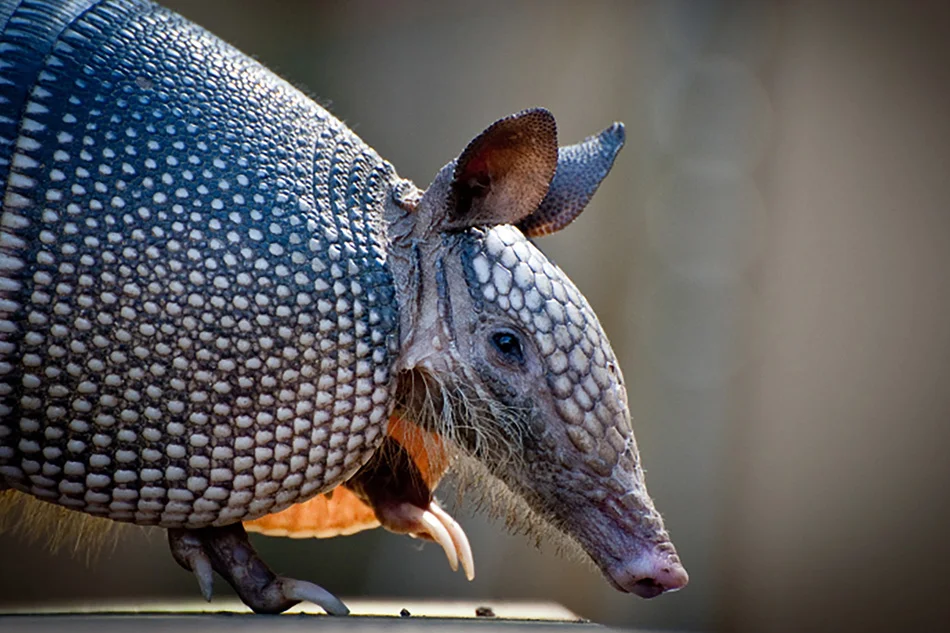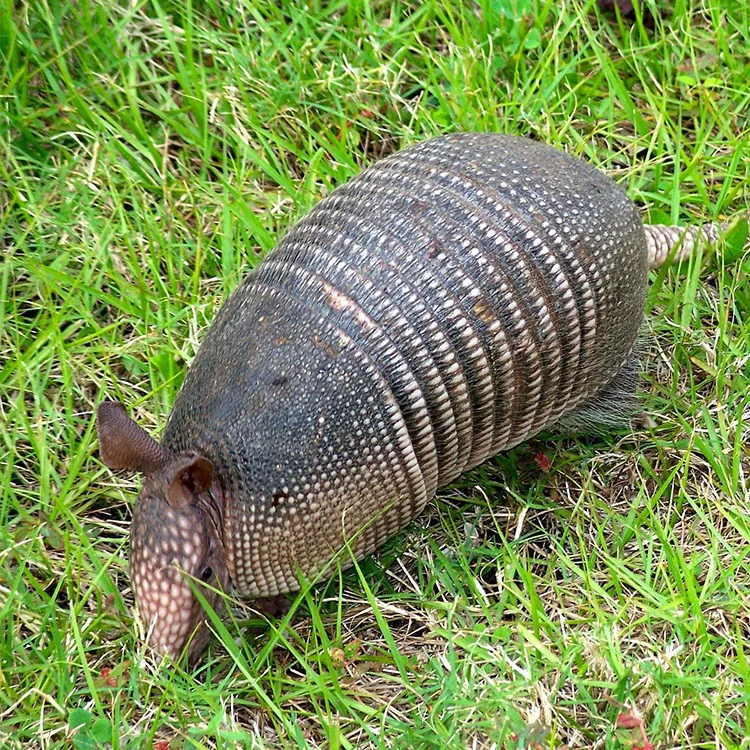
Armadillos are fascinating creatures that spark both curiosity and concern. These small mammals are known for their unique appearance and behavior. But are they really a threat? Let's delve into the world of armadillos and uncover the truth.
Armadillos are fascinating creatures that primarily inhabit the Americas. With nine different species spread across various regions, they have adapted to diverse environments. One of their most distinctive features is their protective armor-like covering made of bony plates. This unique body armor not only shields them from predators but also limits their mobility, making them intriguing subjects of study.

The Digging Abilities of Armadillos
One of the most remarkable aspects of armadillos is their exceptional digging abilities. Armed with strong claws and powerful forelimbs, these animals can dig tunnels with impressive speed and precision. These underground dwellings provide them with shelter and protection against extreme temperatures and predators. It is truly fascinating to observe how their physical adaptations enable them to create intricate burrows that serve as their homes.
Furthermore, armadillos are opportunistic feeders, relying on their keen sense of smell to locate insects, small vertebrates, and plant matter. Their diet includes ants, termites, beetles, and a variety of fruits. This diverse palate allows them to thrive in different environments, from grasslands to forests. The ability to adapt their diet to available resources showcases their resilience and survival skills.
Armadillos play a crucial role in the ecosystem beyond their digging and feeding habits. Their feces and urine have significant ecological importance. These excretions serve as natural fertilizers, aiding in the growth of vegetation and promoting biodiversity. Studies have shown that specific plant species rely heavily on armadillos for seed dispersal, highlighting their ecological significance as seed dispersers.
As armadillos roam and forage, they unknowingly disperse seeds through their feces and urine. This process helps plants colonize new areas and contributes to the overall health and diversity of ecosystems. The intricate relationship between armadillos and plants demonstrates the interconnectedness of species and the vital role each organism plays in maintaining ecological balance.

While armadillos contribute positively to the ecosystem, some concerns have emerged regarding potential health risks. One of the primary concerns is the transmission of leprosy, also known as Hansen's disease. Armadillos are among the few animals that can carry the bacteria responsible for this infectious disease.
However, it's important to note that human-to-human transmission is extremely rare, and the risk of contracting leprosy from armadillos is minimal. In the vast majority of cases, direct contact with an infected armadillo is required for transmission to occur. Furthermore, the bacteria can be efficiently treated with modern medicine, making the threat of leprosy relatively low. Understanding the risks associated with armadillos allows us to take necessary precautions while appreciating the incredible role they play in the ecosystem.
In conclusion, armadillos are remarkable creatures with unique adaptations and behaviors. From their armor-like covering to their exceptional digging abilities, they continue to captivate researchers and nature enthusiasts alike. Their contribution to seed dispersal and the ecosystem's overall health cannot be overstated. While there are potential health risks associated with armadillos, understanding the facts and taking necessary precautions allows us to appreciate these fascinating animals while ensuring our well-being.
Now that we understand the behavior and potential health risks associated with armadillos, we can assess the actual danger they pose to humans. Generally speaking, armadillos are not considered aggressive animals and will typically avoid human interaction whenever possible.
Armadillo Bites: Prevention and First Aid Tips
However, if provoked or cornered, an armadillo might resort to biting in self-defense. While these bites are rare, it's essential to take precautions to minimize any potential risks. When encountering an armadillo, it's advised to keep a safe distance and avoid making sudden movements.

If a bite does occur, proper first aid is crucial. Clean the wound thoroughly with soap and water, and apply an antiseptic. It's also advisable to seek medical attention, as armadillo bites can carry secondary infections. Rabies is not a concern, as armadillos are not carriers of the virus.
Furthermore, it's important to note that armadillos have a unique defense mechanism that sets them apart from other mammals. When threatened, they have the ability to roll up into a ball, exposing only their armored shell to potential predators. This remarkable adaptation provides them with a high level of protection against most threats, including humans.
Despite their generally non-aggressive nature, armadillos can sometimes carry diseases that can be transmitted to humans. One such disease is leprosy, also known as Hansen's disease. Although the transmission of leprosy from armadillos to humans is rare, it is still a concern, especially for individuals who frequently come into contact with these animals.
It's worth mentioning that armadillos are primarily nocturnal creatures, meaning they are most active during the night. This behavior reduces the chances of encountering them during daylight hours, further minimizing the potential risks associated with human-armadillo interactions.
Ultimately, the level of threat posed by armadillos depends on the specific circumstances and human behavior. With appropriate knowledge and precautions, any perceived danger can be effectively minimized. It is crucial to respect the natural habitats of armadillos and to coexist with these fascinating creatures in a safe and responsible manner.
Armadillos may possess unique characteristics and behaviors, but they are not a significant threat to humans. While they can carry the bacteria responsible for leprosy, the risk of transmission is low and can be easily managed with proper medical care. Understanding armadillos' behavior and respecting their space can ensure peaceful coexistence between humans and these intriguing creatures.